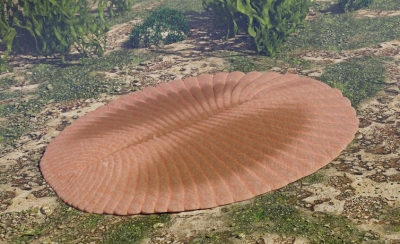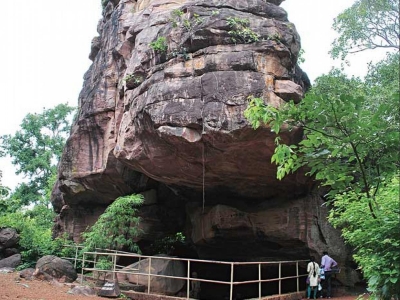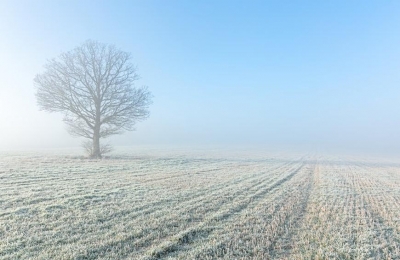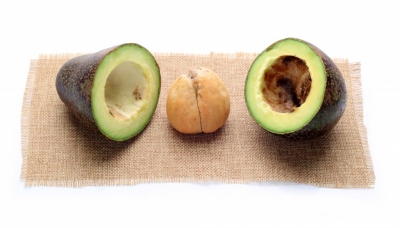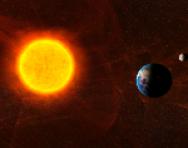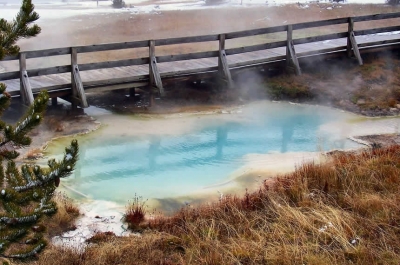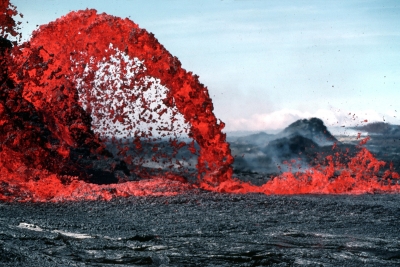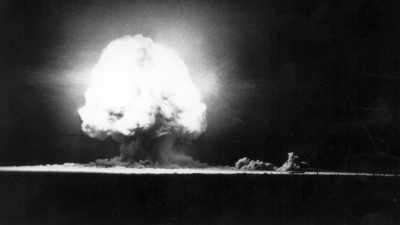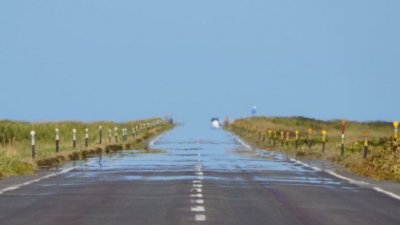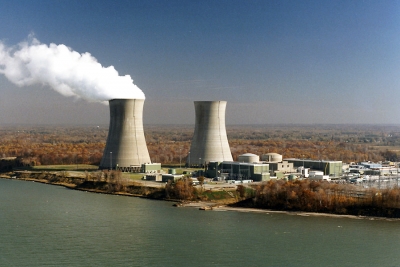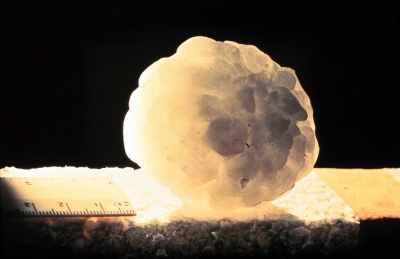Through which technique were the age profiles of the Dickinsonia fossils determined?
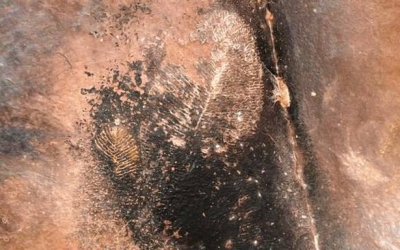
The age profiles of the Dickinsonia fossils in the Maihar sandstone, determined using Zircon dating, make them comparable to those from Russia’s White Sea region, at about 555 Ma. Further proof comes from comparable Dickinsonia tenuis and Dickinsonia costata fossils in South Australia, estimated to be from 550 Ma. Studies of the rock characteristics in and around Bhimbetka show that they shared several characteristics with rocks in Australia, including “old elephant skin” texture and also a trace fossil, Prasinema gracile, the research paper notes.
Dickinsonia fossils from India were found by the scientists to be identical to the Rawnsley Quartzite in South Australia, providing evidence of their age, and the proximity of the two land masses in Gondwanaland in that era. The evidence however did not support reconstructions adjusted for the polar wander phenomenon [which involves motion of continents over geologic time and its impacts].
One distinguishing characteristic of these creatures is the absence of hard protective parts such as skeletons and carapaces (exteriors), perhaps because there were no predators. This was also the time that evidence shows some of the earliest multicellular organisms, or metazoa. The evidence comes from life forms in water when land lacked life.
Picture Credit : Google
